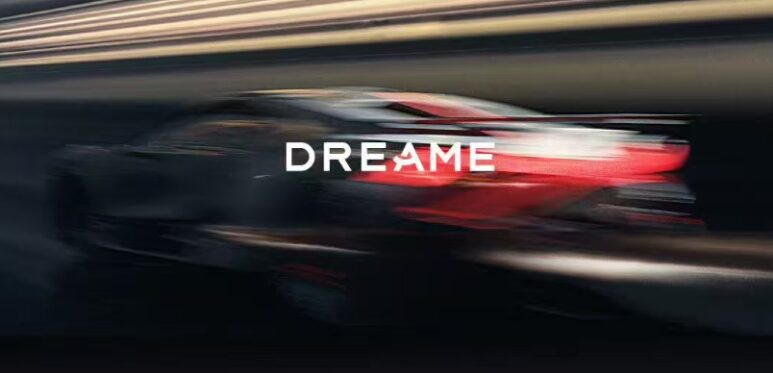Dyson’s Nightmare: Why a Chinese Vacuum Giant Thinks It Can Build the World’s Fastest Car (And Succeed Where Dyson Failed)
“The company that makes your vacuum cleaner wants to build the world’s fastest car.”
On August 28, 2025, that single, shocking sentence rippled out from Shanghai, sending a jolt through the global auto industry. Dreame Technology (追觅科技), a company that began as a “Dyson clone” and evolved into a formidable rival in the high-speed digital motor space, has officially thrown its hat into the automotive ring.
It’s a bold claim, especially when another vacuum giant, Dyson, famously tried and failed, burning through over £500 million in the process.
On the surface, this looks like another reckless startup following in the footsteps of Xiaomi’s audacious EV gambit. However, from my vantage point here in China, to dismiss this would be a grave mistake. This isn’t a story about building a car from scratch. This is the story of a “motor king” weaponizing China’s hyper-mature EV ecosystem to change the rules of the game entirely.

“Not an Adventure, but an Optimization”: Where Dreame’s Confidence Comes From
In its official letter, Dreame was careful to frame its ambition. This is not, they insist, a “0 to 1 adventure.” Instead, they call it a journey of “global optimization,” one taken “standing on the shoulders of Chinese manufacturing giants.”
This single statement reveals the critical difference between Dreame’s attempt and Dyson’s failure. When Dyson tried to build a car, it had to create an entire supply chain practically from scratch. Dreame faces a completely different reality. The ecosystem is already here: world-class batteries from CATL and BYD, mature chassis platforms, and sophisticated electronics suppliers are all ready and waiting.
But the truly crucial point is this: Dreame’s ambition starts with the motor, not the car.
Dyson also had a brilliant motor. But they discovered that a motor does not make a car. Dreame’s gambit is that in 2025, you no longer need to build the whole car. You just need to perfect the heart. By providing the world-class “heart” (the high-speed motor) and integrating it with the best “skeleton” (chassis) and “blood” (batteries) from established partners, they can bypass the brutal manufacturing learning curve.
This marks a seismic shift in the automotive industry’s barriers to entry. The core competency is shifting from holistic manufacturing to core technology integration and ecosystem leverage.
The Paper Trail: Hard Evidence of a Grand Design
This isn’t just talk. The financial and logistical groundwork has been laid for months.
- The Corporate Vehicle: This past January, a company named “Starlight Plan (Shanghai) Automotive Technology Co., Ltd.” was registered with a capital of 1 billion RMB (approx. $140 million). Corporate records show its actual controller is Yu Hao, the founder and CEO of Dreame.
- The Strategic Land Grab: More decisively, in March, this new entity secured a 414,400 square-meter plot of land in Shanghai’s Lingang New Area. But the real story is the location: it is directly adjacent to Tesla’s energy storage Megafactory and CATL’s massive production site. (Related Post: Why Shanghai is the Undisputed Heart of Global EV Innovation)
This isn’t a random plot of land; it’s prime real estate in the Silicon Valley of electric vehicles. Dreame is signaling its intent to build its car not in isolation, but in the very heart of the industry’s most advanced ecosystem.
Conclusion: A New Threat for Volkswagen, Ford, and GM
Dreame Technology’s entry into the auto market is more than just a novelty. It signals the rise of a new type of competitor for traditional automakers. While legacy giants like Volkswagen or Ford grapple with transitioning massive, century-old manufacturing empires, new players like Dreame can operate with surgical precision.
They can focus all their resources on a single, high-value component—in this case, the motor—and essentially “plug-in” to a ready-made, world-class manufacturing ecosystem to handle the rest.
Whether Dreame’s gamble pays off remains to be seen. But it’s clear that the nature of automotive competition is changing at a terrifying pace. The fight is no longer just between established car companies. The new war will be fought between the “do-it-all” giants of the past and the “do-one-thing-perfectly” integrators of the future. (Related Post: Huawei vs. Xiaomi: The Two Faces of China’s Tech-Auto Invasion)

This post may contain affiliate links from Amazon Associates, meaning I may earn a commission if you make a purchase through my link, at no extra cost to you.
My AI Jazz Project: